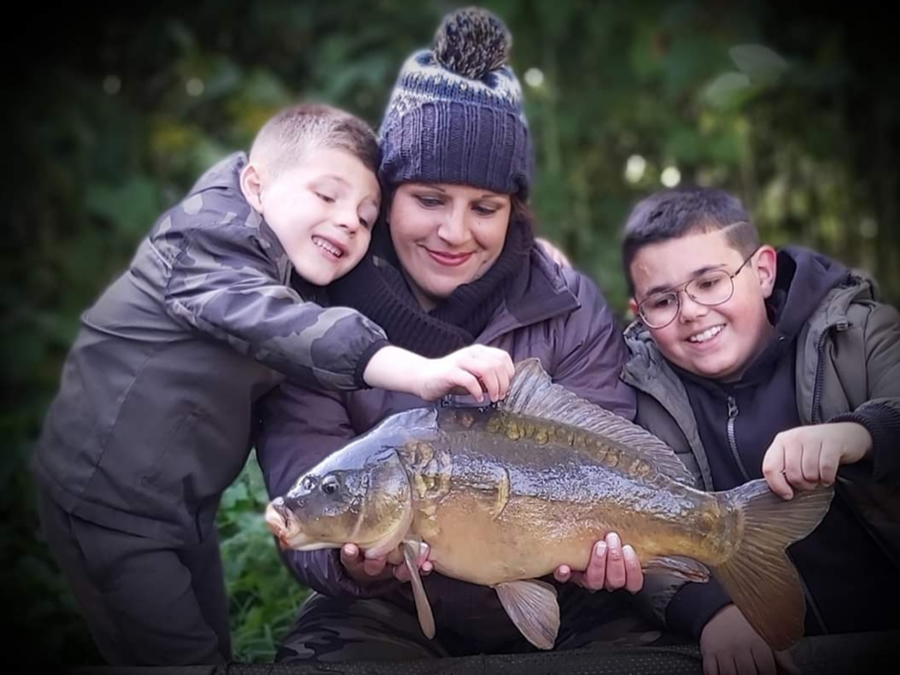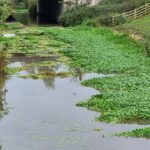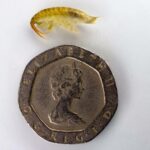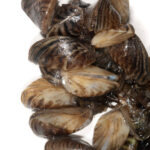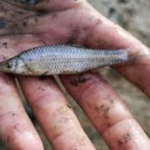
Lines On The Water
Invasive Non-Native Species
Most people who fish know the impact Invasive Non-Native Species (INNS) are having in and around our waters. In fact, it’s a constant source of worry for both anglers and environmentalists alike.
Not all non-native species are invasive. Some will wither and die in our climate and some can survive but don’t spread rapidly. The few that spread quickly because there are no natural controls from diseases and predators to keep them in check, are those in the INNS category.
It’s estimated that around 1 in 10 non-native species will become an invasive species. They are categorised as ‘invasive’ because they have a major negative impact on our naturally occurring environment. This INNS group can do massive damage and, from an angling perspective, ruin fishing locations served by both still or moving water.
There is one indisputable fact. INNS are a man-made problem. Human behaviour spreads the problem but human behaviour can also prevent and slow its progress.
The Angling Trust organises or supports local events to rid locations of aggressive plant and animal life from other parts of the world that have taken hold in the UK. But there are always questions to face:
- Are INNS inherently and automatically ‘bad’ for our own environment?
- Is it safer in the long term to leave the natural world to dictate its own pace and direction for change?
- What would be the outcome if these unwelcome imports were simply left to their own devices?
Dr. Emily Smith the Angling Trust’s Environment Manager, is clear on the issues we face:
“From a wildlife, environmental and fishing perspective, leaving Invasive Non-Native Species to grow without intervention would be devastating,” Emily says . “If we didn’t intervene, the INNS we already have in the UK would continue to expand and fulfil their available range. Over time, we’d lose our own diverse ecosystem that has evolved naturally and have it replaced by invaders who wouldn’t necessarily provide the habitats that would support the naturally occurring fish, invertebrate or plant species that are present in our waters.
“Some might be limited to a certain extent by temperature, but as temperatures continue to rise, there becomes room for further expansion and we then get something called invasional meltdown. When one invasive species arrives, it changes the environment and potentially makes it easier for another species to invade.”
It’s not just about the impact this would have on angling. Economically, INNS can also wreak havoc in pipe systems carrying water supplies and, in the case of something like Japanese Knotweed, can undermine the safety of structures such as buildings, roads, railway embankments and the railway lines themselves. Consequently, there is an ever-growing determination to minimise the negative effect of this specific group. So, as anglers, any activity to defend the health of our fishing locations, is potentially effecting a positive impact on a much wider, social and economic scale.
So how do INNS affect the environment and the quality of angling that’s available to us? The table below reflects ten major reasons for prevention and control that anglers should consider. The issues listed are not reflected in any perceived order of importance.
10 Angling Reasons Why INNS should be prevented & controlled
| Issue | Description | Indicative INNS1 | |
| 1 | Predation | Aggressive predation of native fish, fry and eggs to undermine native populations and threaten species’ survival | Signal crayfish Mink Killer shrimp |
| 2 | Competition | Outcompete native species for food and habitat. Quick to establish and dominate, creates rapid strain on native species’ survival and reproduction | Topmouth gudgeon Signal crayfish Round goby |
| 3 | Bank Erosion | Invasive animal species burrow into banks causing collapse and landfalls. Invasive plant life outcompetes native species on the bank and dies back in winter exposing the bank to erosion during rainfall | Signal crayfish Red swamp crayfish Chinese mitten crabs Himalayan balsam Japanese knotweed Giant hogweed (and other species) |
| 4 | Loss of habitat | An increase in suspended solids due to bank erosion (see above) inputs greater levels of fine sediment and nutrients into the river. Settlement of sediment matter on spawning grounds can impact suitability to native species | Signal crayfish Himalayan balsam |
| 5 | Hybridisation | Inter-breeding with native fish creates pressure on survival of native species (Goldfish and crucians) | Prussian carp American lobster |
| 6 | Disease | Invasive fish can carry disease and parasites which can be passed onto native fish species. Some parasites can be carried into native waters by migratory fish | Salmon fluke Argulus mongolianus |
| 7 | Light & Oxygen Degredation | Aggressive growth rate of invasive plant creates choke mats on surface of water which blocks light to the water column below and impacts oxygen levels. Also, outcompetes native plants resulting in loss of natural habitat and shelter for invertebrates and fish. (Zebra mussels will negatively alter a habitat rather than inflict a ‘loss’) | Floating pennywort Water primrose New Zealand Pygmyweed Curly waterweed Zebra mussel |
| 8 | Human Health Risks | Invasive species can have sap, hairs or spines that present a human health risk. Contact with bare skin can result in rashes, or painful and persistent blisters. Some burns can be reactive to sunlight and can return several years after. Some invasive species can cause breathing difficulties or are thought to be potential allergens. | Giant hogweed Oak processionary moth Lionfish2 Red swamp crayfish Sea myrtle |
| 9 | Angling Impact | Invasive weeds can make it difficult or impossible to access the bank or open water. Line damage can be caused by voracious feeders takinggag bait, INNS can snag or cut fishing line. | Floating pennywort Zebra mussel Quagga mussel shells Signal crayfish Round goby |
| 10 | Impact on Fishery | General decrease in fish health and loss of stock. Ongoing cost to manage established species. Vigilance required! |
Any of the above |
- The indicative species reflected, is not intended as an exhaustive list for each issue identified.
- Species caught off Chesil in 2021 but unknown whether present from aquarium release or natural spread. Sea temperatures suggest former.
It is certainly the case with INNS that prevention is better than cure. Early detection is an important part of the process and anglers can do their bit to help. Any suspected INNS sightings should be immediately reported and information on how to do that can be found on the What Can I Do? page of the nonnativespecies.org website. Additionally, those overseeing fish stocking on waters should ensure they’re subject to appropriate screening and the Keeping of Live Fish Regulations.
The adoption by anglers of the Check, Clean, Dry process is clearly important too. Anglers should always:
- CHECK equipment and clothing for mud, aquatic animals or plant material and remove anything before leaving the site.
- CLEAN everything as soon as possible using hot water if possible.
- DRY everything before using elsewhere.
As well as a pro-active approach to Check, Clean, Dry re-active testing to curtail the invaders already here is an equal part of the intervention process. One such example is a rigorous test exercise that identifies, tests and releases predators from the invasive species native range that will specifically target an INNS without posing a risk to native species. One recent case is the release of weevils that eat Floating Pennywort but not, it seems, our native species of plant life. Given the ability of INNS to thrive in a new habitats, once here, containment needs to be multifaceted if the environment and hence, our fishing venues are to be protected from potential devastation.
The issue with INNS is that it doesn’t just stop with those already here. An ongoing horizon scanning exercise involves world-wide experts who analyse what’s happening across the planet and what’s likely to arrive on our shores next. With more than 200 invasive species currently listed as present in the UK and, on average, one more arriving every year it’s easy to see how the general problem is difficult to keep pace with. Human intervention, whether by design or accident, is the major contributor. It may also provide a potential solution in the fight to manage these species.
“To win the fight, we need to stop new species coming in, improve our ability to act fast if we do find something new and control its spread elsewhere,” says Emily. “As the technology evolves and different options become available, we can at least suppress existing or new INNS populations so they don’t have an impact in the future.”
More information on the Angling Trust’s support mechanism for fisheries affected by INNS can be found here.
The Angling Trust’s work to support INNS management and relevant research is funded by the Environment Agency from fishing licence income.
You might also like

SENSAS FUTURE NETWORKS DO THE DOUBLE DOUBLE IN YOUTH…

NATIONAL GLORY FOR RAMMY AT LINDHOLME

Three British record fish claims ratified

Making plans for kids and holiday activities? Fun, safe…

Get Fishing Fund – Funded Project: Fishing Opens New…

Climate change fuelling dangerous river pollution across England and…
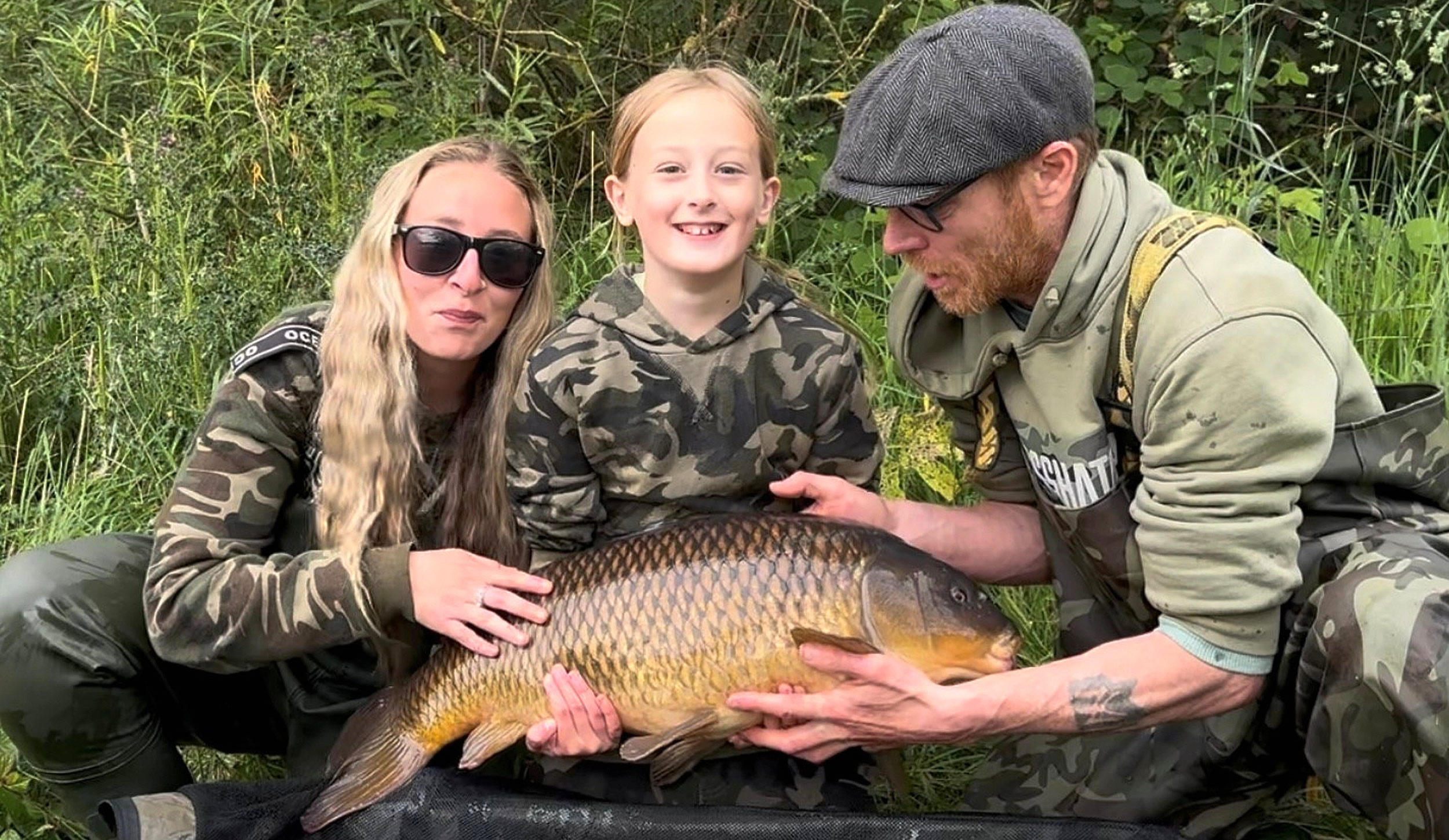
NEW BLOG: The best thing about fishing – from…

Ethan gets his Gold Get Fishing Award – young…

Summer of Fishing 2025 is here – get into…

Get Fishing Awards were at Bristol Festival of Nature…

VIDEO: It’s not all about the fishing… Check out…

ENGLAND TAKE GOLD IN HOME NATIONS BOAT CHAMPS

SENSAS FUTURE NETWORKS DO THE DOUBLE DOUBLE IN YOUTH…

NATIONAL GLORY FOR RAMMY AT LINDHOLME

Three British record fish claims ratified

Making plans for kids and holiday activities? Fun, safe…

Get Fishing Fund – Funded Project: Fishing Opens New…

Climate change fuelling dangerous river pollution across England and…

NEW BLOG: The best thing about fishing – from…

Ethan gets his Gold Get Fishing Award – young…

Summer of Fishing 2025 is here – get into…

Get Fishing Awards were at Bristol Festival of Nature…

VIDEO: It’s not all about the fishing… Check out…

ENGLAND TAKE GOLD IN HOME NATIONS BOAT CHAMPS

SENSAS FUTURE NETWORKS DO THE DOUBLE DOUBLE IN YOUTH…

NATIONAL GLORY FOR RAMMY AT LINDHOLME

Three British record fish claims ratified

Making plans for kids and holiday activities? Fun, safe…

Get Fishing Fund – Funded Project: Fishing Opens New…

Climate change fuelling dangerous river pollution across England and…

NEW BLOG: The best thing about fishing – from…

Ethan gets his Gold Get Fishing Award – young…

Summer of Fishing 2025 is here – get into…

Get Fishing Awards were at Bristol Festival of Nature…

VIDEO: It’s not all about the fishing… Check out…



